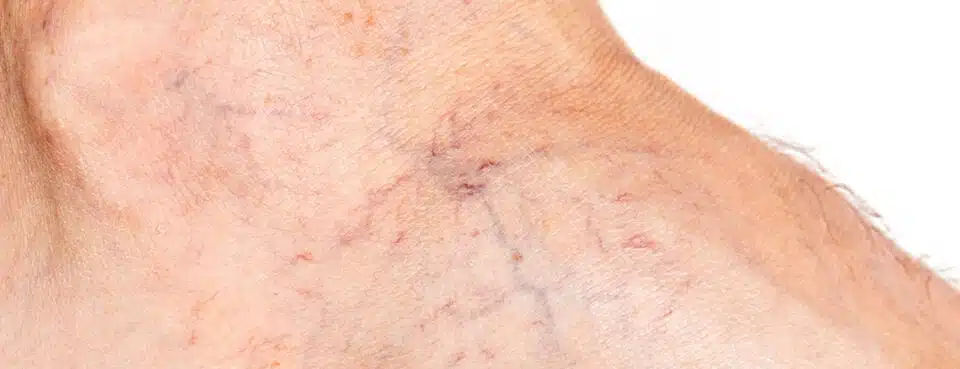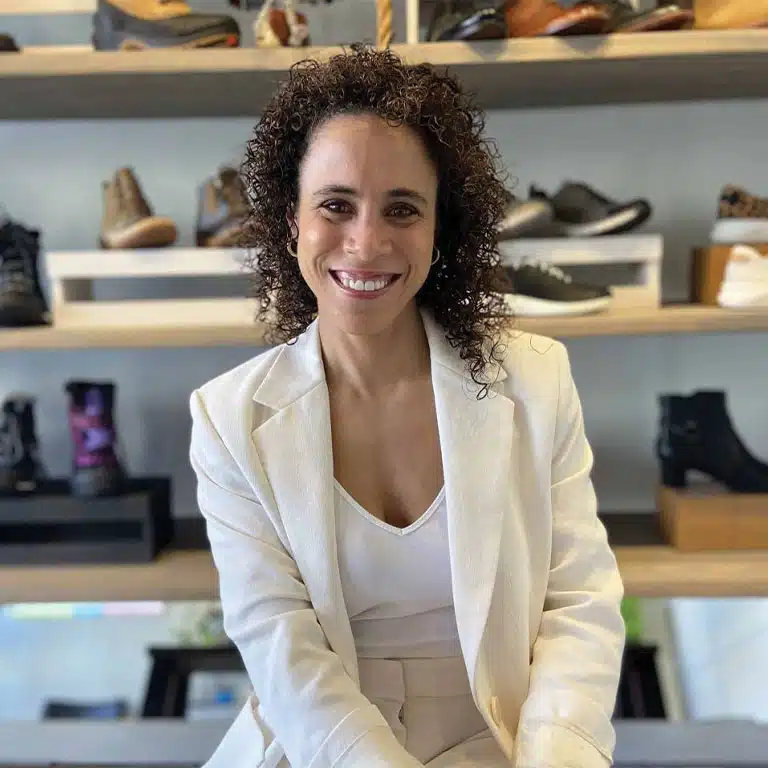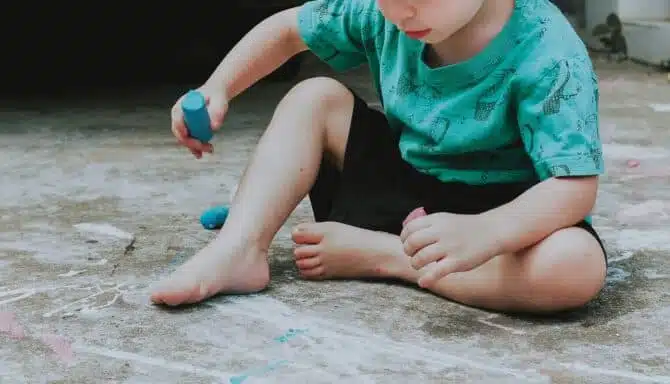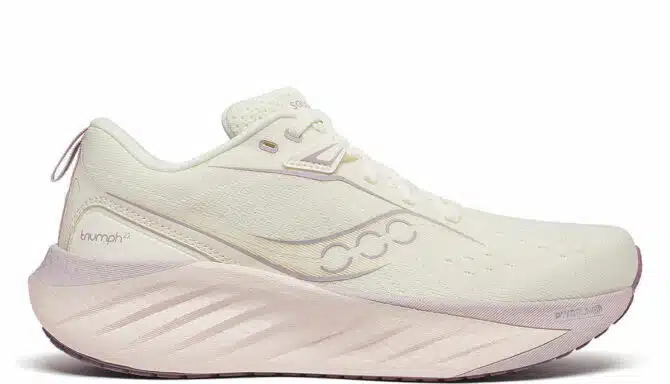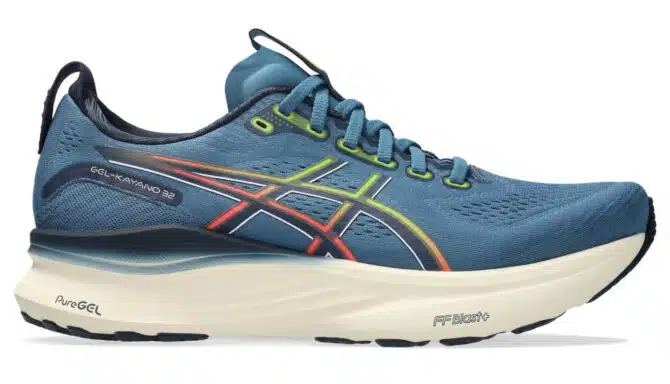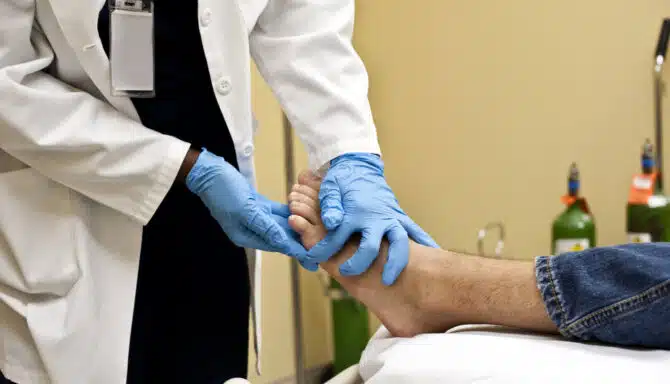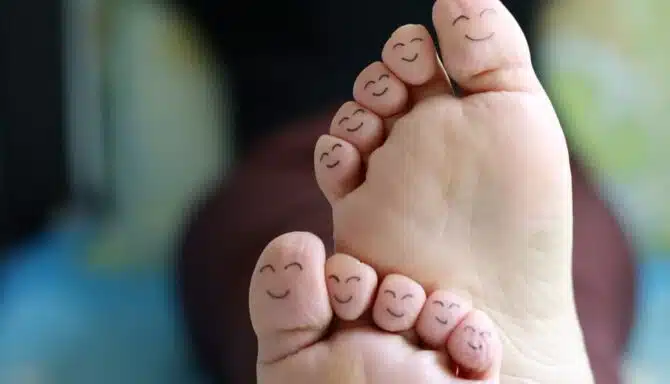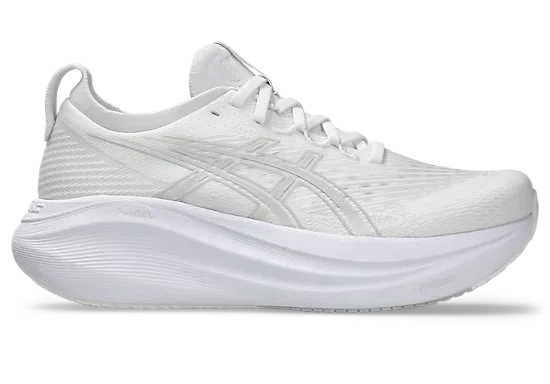Have you ever noticed red or blue veins that almost appear to be sticking out of your skin? These may be varicose veins.
Varicose veins are swollen, twisted veins that lie just under the skin. Most often, these swollen, twisted veins develop in the legs. The good news about is that these veins are rarely painful, and often not a serious concern. The bad news can be related to cosmetics. Enlarged and colourful veins may be undesirable. Given we all age, varicose veins become increasingly more common, especially at advanced ages. Like many foot conditions, varicose veins is one side effect ageing has on our feet and legs. But, age is only part of the story.
Read on to learn about the causes, risks, prevention, and treatment, as well as how we can help.
Causes and Risk Factors
At its simplest, varicose veins are the result of damaged walls and valves. So, the veins are unable to do their job: to carry blood. When blood pools because of reduced circulation, the veins grow, blood pressure rises, and your veins become distorted.
According to Chicago Vein Institute, varicose and spider veins (see more on spider veins below) affect up to 50% of the adult population. Women tend to suffer from these veins more often than men, especially as you age. But, there are a wide range of risk factors that may lead to swollen, twisted veins. Risks include:
- Advanced age
- Prolonged sitting/standing
- Obesity
- Pregnancy
- Hormone therapy (HT)
- Birth control pills
- Injury
- Prior vein surgery
- History of blood clots
- Family history
Notable controllable risks from above include obesity, and prolonged sitting/standing. Through self-care, regular exercise, and monitoring your feet and legs, you help reduce the likelihood of this foot condition. Those who sit for long periods of time, or those who stand for lengths of time, should be particularly aware of varicose veins. A balanced lifestyle, one with a proper diet and regular exercise, can help prevent your veins from weakening.
Fortunately, varicose veins rarely pose any threat or symptoms. Instead, it’s a cosmetic appearance that may be undesirable. Symptoms may include swelling, throbbing, aching, burning, itching, heaviness, tingling, or cramping of the legs. In rare instances, you may develop skin ulcers. When in doubt, contact a healthcare professional for a proper diagnosis.
The Effects of Compression Socks
Compression Socks are one of the most effective ways to prevent varicose veins. In fact, compression socks are generally a great investment as a preventative measure to most foot and leg conditions. Medical Leggings use “graduated” compression, which squeezes harder the farther they are from the heart. This prevents blood from pooling in the legs; that’s why you see people on planes, trains, and at work wearing them. The idea behind compression gear is that it increases blood flow throughout the body. Specifically for vein health, compression socks will limit the effects of being sedentary as your body will pump blood in and out of the region keeping your veins strong and healthy. Visit Feet First Clinic for a wide range of compression socks, as well as for a home to all of your footcare and footwear needs.
Will Crossing My Legs Cause Varicose Veins?
Prolonged sitting, standing, and obesity are the common risk factors for varicose veins—not sitting cross-legged. According to a doctor at UAMS Medical Centre, the connection between sitting cross-legged and varicose veins is a myth.
“Crossing your legs does not cause varicose veins,” Dr. Mohammed Moursi says. “They result from an intrinsic problem with the veins themselves. Standing for long periods of time is another habit that has been questioned as a cause of varicose veins. In truth, standing may exacerbate the existing problem with veins but should not cause them.”
Varicose vs. Spider Veins
Varicose veins and spider veins are terms often used hand in hand. However, spider veins are a mild variation. According to the Mayo Clinic, spider veins are smaller, and often resemble a spider’s web. These veins are found closer to the surface of the skin, and appear red or blue. Spider veins occur throughout the body, but most often in the legs.
Vein Surgery
As previously mentioned, varicose veins is typically a case of appearance. Surgery is an option to remove these veins, and the procedure is quite simple. The following procedures are an option, according to the Mayo Clinic.
- Sclerotherapy. An injection with a solution or foam that scars and closes those veins
- Foam sclerotherapy. In this case, an injection of a large vein with a foam solution is made to close a vein and seal it.
- Laser treatment. Laser treatment works by sending strong bursts of light onto the vein, which makes the vein slowly fade and disappear. No incisions or needles are necessary.
- Catheter-assisted procedures using radiofrequency or laser energy. Doctor inserts a thin tube (catheter) into an enlarged vein and heats the tip of the catheter using either radiofrequency or laser energy.
- High ligation and vein stripping. This procedure involves tying off a vein before it joins a deep vein and removing the vein through small incisions.
- Ambulatory phlebectomy. This involves the removal of smaller varicose veins through a series of tiny skin punctures.
We Can Help!
Your leg and foot solutions live here. Whether you have a severe case or mild spider veins, you can rest easy knowing we’re able and happy to solve all your foot care needs.
Call us at 416-769-3338 or Click Here to Book Your Assessment Today!
